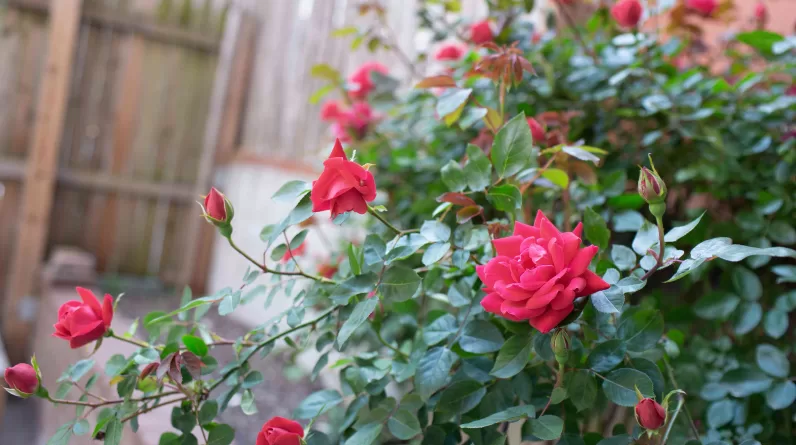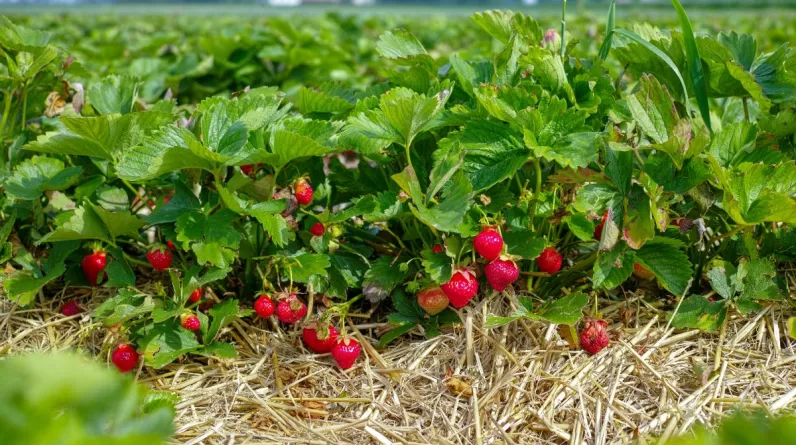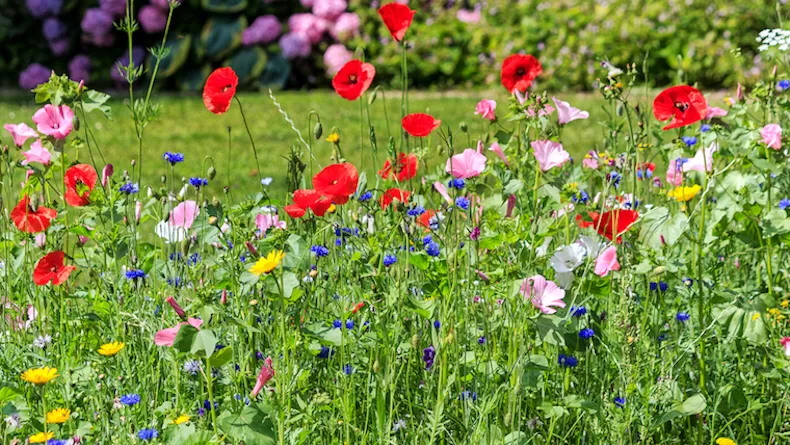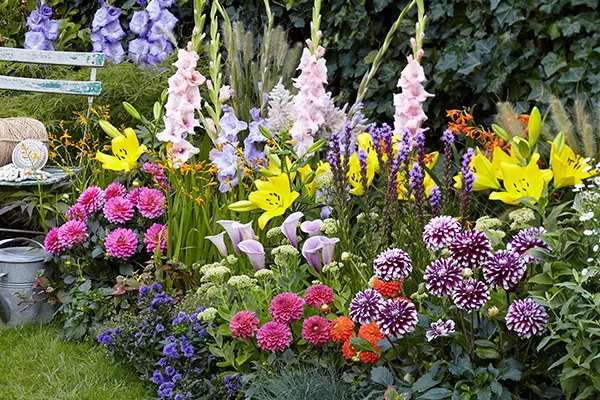It’s hard to think of a grass type that endures the loose texture and almost no-nutrient nature of sand, but that doesn’t mean there are no exceptions. This begs a question; will Bermuda grass grow in sand with no trouble?
You’d be delighted to know that Bermuda grass grows in all types of soil, including sand. It’s also compatible with loamy soil and even clay. Yet, Bermuda grass is only able to thrive in sandy soil if it receives enough water and adequate fertilization.
Keep reading to learn more about making use of your sandy soil and turning it into a home for Bermuda grass!
What Makes Bermuda Grass Suitable for Growing in Sand?
A lot of factors contribute to Bermuda’s tolerance for sandy soil.
First off, this type of grass belongs to a group of plants that’s hot-temperate, meaning that it comfortably grows in warm or hot, dry regions like deserts. You’ll find out that it naturally grows in many locations around the world, especially in tropical and subtropical areas.
What further reflects its heat-loving nature is that it doesn’t handle the shade at all. It favors growing in the bright sun, needing exposure of up to eight hours per day to remain vibrant and healthy.
Plus, Bermuda’s root system is just perfect for growing in soil, as it doesn’t require the stability of loamy or clay soil to stay intact. On the contrary, sandy soil allows it all the room it needs to grow to unimaginable lengths!
Even better, since Bermuda grass doesn’t like to sit in soggy soil, pairing it with sand is always successful since its loose texture won’t hold on to water.
But again, can you grow Bermuda grass in the sand without having to adjust any other parameters like its nutrient content? Well, it’s not that simple!
How to Grow Bermuda Grass in Sand?

If you live near the beach and still want to have a lovely, green lawn despite the sandy soil, it’s time to learn how to grow Bermuda grass in depth.
Thankfully, you’ll only need to focus on two aspects; watering and applying fertilizer. Then, you can kick back and enjoy having a Bermuda lawn that’s easy to maintain and offers you incredible tolerance for foot traffic!
Establish a Good Watering Schedule
Despite its drought-tolerant nature, Bermuda grass still needs water from time to time. That’s why you should maintain that sweet spot in your watering routine, preventing the soil from being too dry or completely oversaturated with water.
As a rule of thumb, you only need to give your grass half an inch of water every three days or so. You can turn up the frequency and reduce the amount to ⅛ an inch three times a day, but it might not work with your schedule if you’re a busy person and have other chores to tend to.
Any more than that can be harmful to your Bermuda grass, not to mention that it’s perfectly capable of seeking water on its own if you forget a watering session or something. Thanks to its long roots, the plant can reach deeper into the soil for any needed moisture!
Introduce Nutrients to the Sandy Soil
The next thing you should do is compensate for the sandy soil’s lack of healthy nutrients that Bermuda grass needs by adding fertilizer. Due to the loose composition of this type of soil, it doesn’t hold on to minerals just like the case with water, and you’ll have to fix that.
Also, this factor makes the use of liquid fertilizers a challenge because they drain fast through the sand. So, if you’re considering using water-based fertilizers to grow Bermuda grass, you’ll need to up your fertilization game.
Our best recommendation is to use nitrogen-rich fertilizers, but don’t overdo it because Bermuda grass doesn’t need high amounts of nitrogen compared to other plants.
A decent starting point is half to one LBS of nitrogen for every 1,000 square feet of a Bermuda grass lawn.
Remember to only fertilize your grass during the growing season, which is in the spring and summer, once every month. When it’s dormant in winter, you can switch to a potassium-rich variety and reduce your fertilization frequency.
What Is the Ideal Composition of Sandy Soil for Bermuda Grass?

While Bermuda grass can thrive in all types of sandy soil despite their composition, there’s still a golden rule you could maintain to promote your plant’s growth.
For the best results, experts suggest your soil consists of 70% sand, 15% clay, and 15% silt. Any more sand content than this percent will require more frequent watering and fertilizer application.
Can Bermuda Grass Seeds Grow in Sand?
Yes; just like a fully-grown plant, Bermuda grass seeds germinate in sandy soil with no trouble. Still, you’ll want to ensure their growing conditions are suitable first.
After planting the seeds, you’ll need to water them at the same frequency that you would mature Bermuda grass. Or, another way to tell when your seeds need watering is when you notice the top inch of soil becoming dry.
In addition to that, you have to maintain a steady soil temperature of around 68-75° F. But again, that’s easy to achieve since the sand is usually found in areas with high temperatures. The sand itself holds on to heat for long periods.
Lastly, sandy soil is the optimum medium for growing the root system of Bermuda grass seeds because it’s a lot easier to penetrate than clay or loamy soil.
Final Thoughts
If you’ve been wondering whether or not Bermuda grass grows in sand, you should have your full answer by now.
To summarize, Bermuda grass grows in sand like a charm if you provide it with proper nutrition and a good amount of water. Once it’s established, taking care of Bermuda grass should be a piece of cake, which is good news if you’re looking for a low-maintenance grass in a sandy yard!







